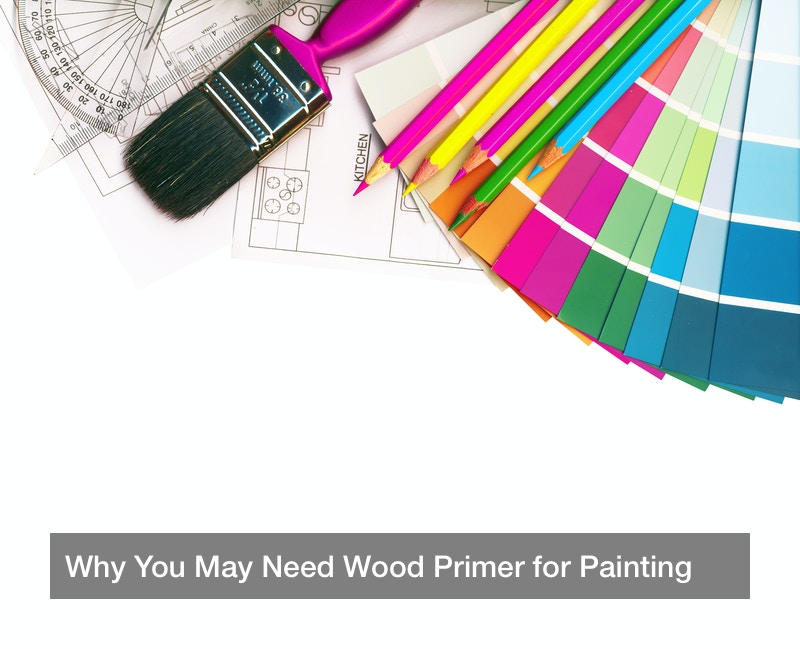
Wood is a common construction material today despite the presence of plastic and metal, and this time-honored material is popular for home features such as tables, chairs, desks, baby cribs, and wooden decks in the backyard. Deck paint products, crib safe paint, anti slip paint, and much more may be considered for use by a homeowner who is launching a paint project. Knowing what to buy and how to use it properly and safely is key for any home painting job, and for newer painters, the question “Why do I need wood primer?” may come up. The question “Why do I need wood primer?” may be answered as simply as: it makes the paint job better. Asking oneself questions like “Why do I need wood primer?” or “Why should I avoid VOCs?” are important to ask. Paint is not just a pretty color; it is a chemical compound that may actually present a hazard to adults and especially babies if used incorrectly. Any responsible homeowner will ask “Why do I need wood primer?” as well as “how can I do a safe paint job?” This is especially important for a baby’s room, since a newborn will have a minimal immune system and will be vulnerable to airborne chemicals.
Home Hazards
Those looking to prime, paint, or put finisher on a surface such as a baby crib, a wall, or an outdoor wooden deck should be aware that some hazards may present themselves, anything from a chemical in the paint someone is allergic to all the way to VOCs, or volatile organic compounds, which can be a hazard to adults and especially to the very young. Improperly done paint jobs might even cause wood rot or other problems, especially if wood primer is not applied to the surface first. Just what are some hazards to look out for?
Allergens may appear in a room or a home if the paint jobs were done poorly, or if the wrong paints were used in the first place. Sweden’s Dampness in Buildings and Health study, for example, showed that among children who had multiple allergic symptoms, PGE-exposure could double the likelihood of developing allergic sensitivities to other allergens. Allergens are always something to avoid, and bad paint jobs may give off a lot of VOCs or other harmful airborne particles that can create allergens. Often, people go to great lengths to avoid allergens. A study done by Survey Research Institute at Cornell University found that 83% of travelers reported that they would choose an allergy-free room if possible, and the same study also revealed that 59% of travelers would choose one hotel room over another on merit of allergy-free rooms being available.
VOCs in bad paint jobs or old carpets may also impact the mental capacity of those exposed to them, and another study was conducted to look into this. For this study, participants spent six weeks in an environmentally-controlled workspace at the TIEQ lab at the Syracuse Center of Excellence. Here, VOC levels were reduced to 50 micrograms per cubic meter and 40 cubic feet per minute of outdoor air for each person. On average, cognitive scores of these study participants were 101% higher than in conventional work spaces, showing what kind of negative impacts that VOCs and other materials may have on a person.
Why Do I need Wood Primer?
Wood primer is highly advisable for those looking to paint a wooden surface at the home, such as a deck, a table or chair, or a baby’s crib. Wood primer helps prevent paint from soaking into the wood’s many pores, which in turn means that the paint will not dry out too fast or damage the wood. Instead, the primer keeps the paint on the outside and allows it to dry as intended, and this can help show the wood’s natural, attractive surface patterns through the paint. Babies are very sensitive to such things as VOCs, and a bad paint job may release a lot of them. A new parent is also urged to look up special, low-VOC paints intended for baby cribs and use those rather than regular paints. They may be found in online catalogs, for example, if a local hard3ware store doesn’t already have them.
